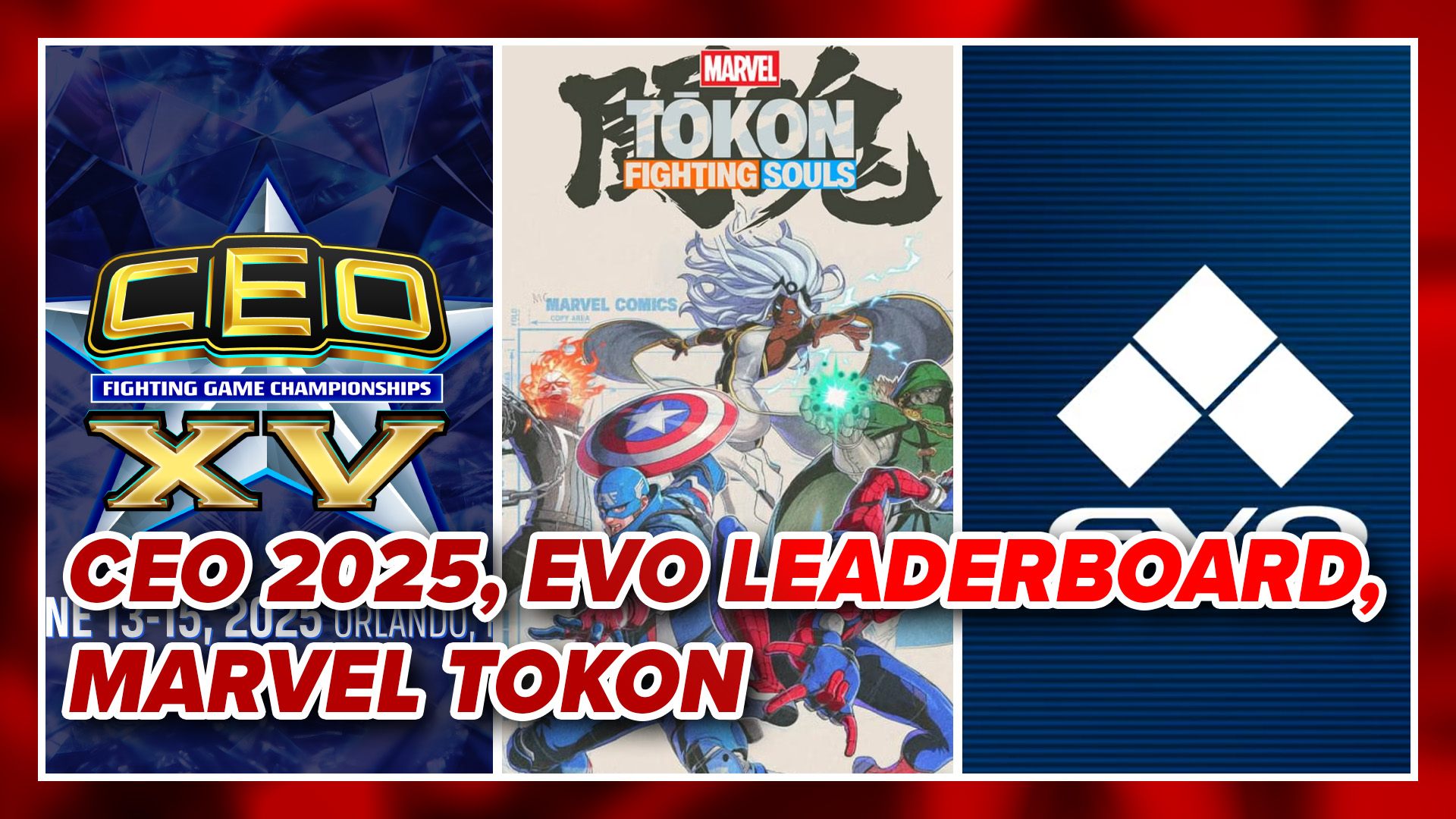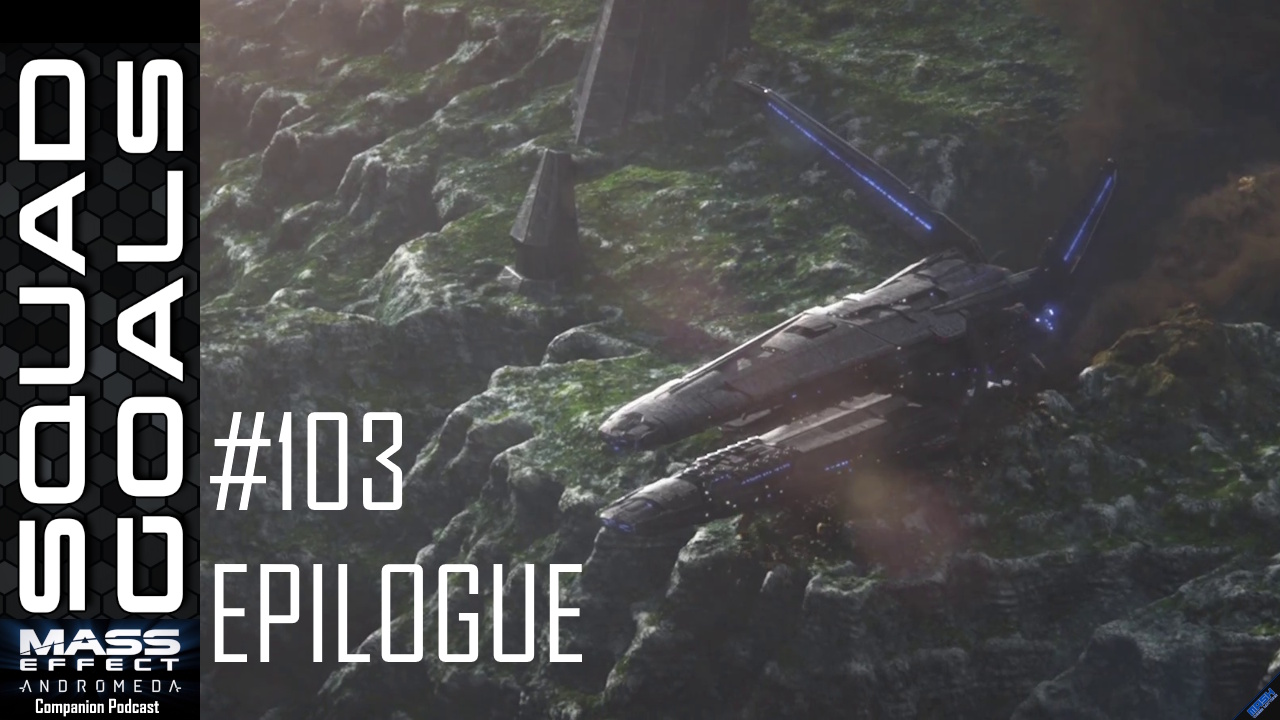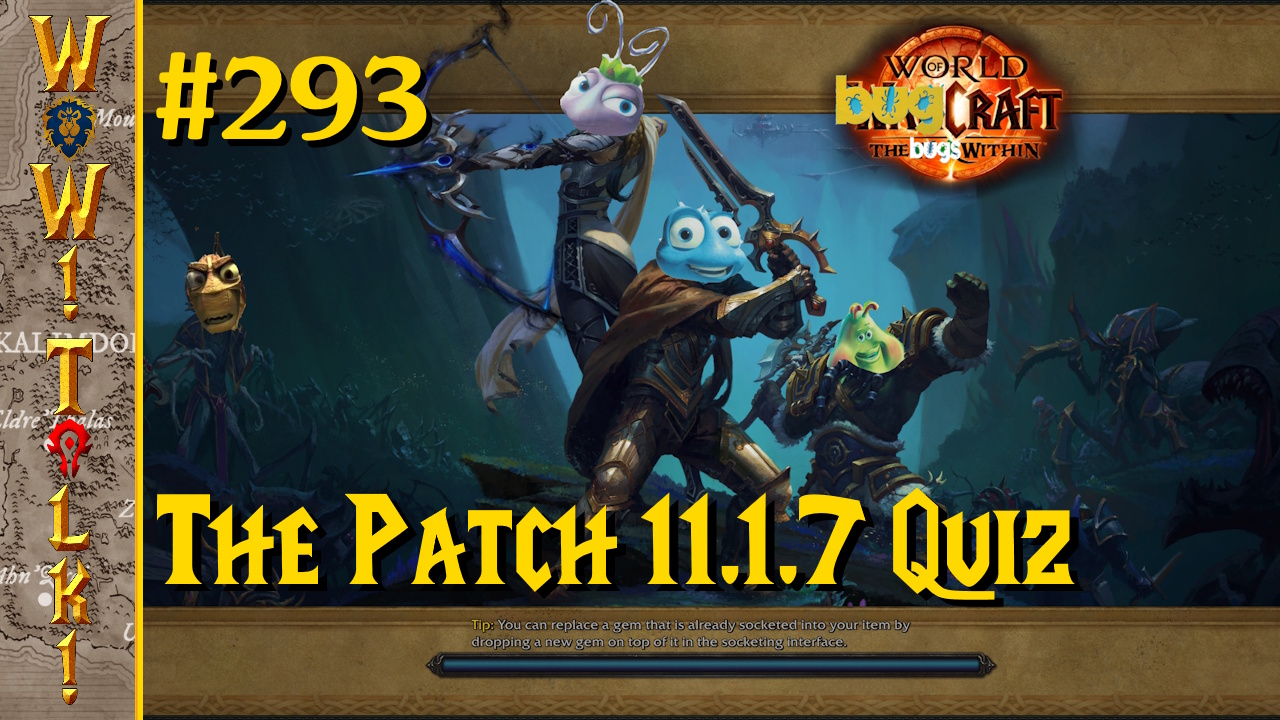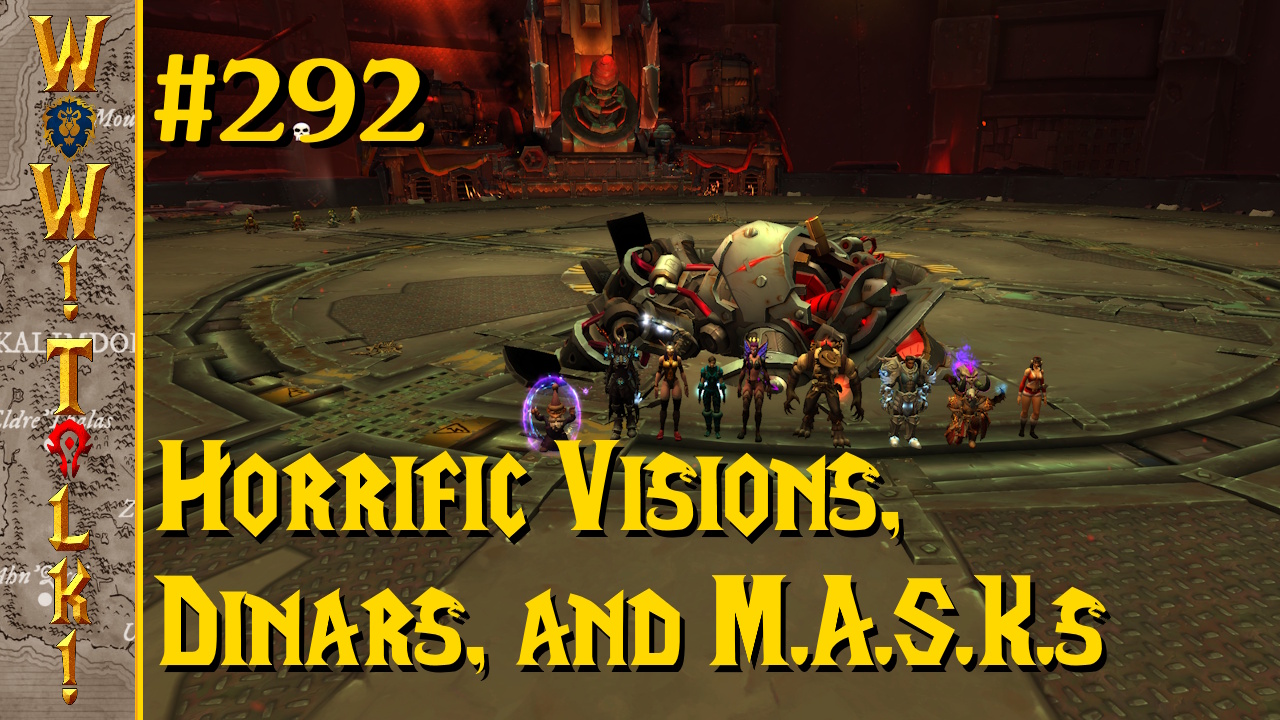
I was a little underwhelmed by the first part of Cognition: An Erica Reed Thriller. The characters seemed flat, the game tended toward some of the worst habits of the point-and-click genre, and the story took its sweet time getting moving. It really felt like an introductory chapter to the game that got out of hand, so I was hoping that things would start off interesting in the second part of the series, The Wise Monkey. It’s a lot better than the previous installment and it seems like the developers really took the complaints about the last one to heart. Still, it seems like for everything that they took out they forgot to put something back in. The game is better and more streamlined for their work, but there is still room for improvement in the next installment.
One thing that had me losing my temper all over the place in the first game was how difficult it could be to get through even the simplest task. Talking to a witness could result in two, three, or even four trips outside of the conversation and into the rest of the game to look for some stupid object that was necessary to keep the game going. In The Wise Monkey, that’s been shaved down to make conversations and the gameplay flow a lot better. You won’t find yourself having to stop several times while talking to the same character, so the game flows a lot more comfortably. You rarely get away with having a simple conversation with someone without having to make at least one trip around town to scour for an item or clue, but at least there are a lot fewer instances of it within the same conversation.
Just the same, there are still quite a few times when it just feels like busywork to pad the game out. Now, this is more of a problem with having a point-and-click game that takes place in the real world more so than it is something the game did wrong. I got really angry when I found out that the tape recorder I had been carrying for the entire game didn’t have a tape in it, I rolled my eyes. When I had to go to the same person I had to jump through hoops to steal the stupid thing from in the first game, I felt my stomach sink. When that character wouldn’t even let me into the room to get said tape, I lost my mind.

The solution to getting the tape ended up being quite simple, but in the long run I still just needed a stupid tape. Put one in my inventory with the recorder if you’re going to give me one so I don’t end up spending a half hour searching for something I can walk into any store and buy in five seconds. This isn’t a mythical artifact, it’s a tape. I know I’m probably getting bent out of shape over nothing and that this is the sort of thing these games need to do to make new puzzles to solve, but it just struck me as needlessly aggravating. It may not bug you, but it drove me nuts.
I found the mental powers a lot easier to use than they were in the last chapter, though. As much as some of the puzzles bugged me, the mental powers had been streamlined and simplified so that I wasn’t puttering around with them for hours trying to figure out what I was supposed to do. Instead, the more simplistic puzzles have been put in place, such as putting memories in the right order or just pulling memories from an object. They added a new mental power, the synergy, which lets you look at a number of objects that slowly creates a full picture. If you choose all of the right items you can look at the memory attached to them. It’s not as challenging to figure out, but considering I spent almost an hour making small changes in a half-dozen pictures until I managed to get the right ones the game wanted, I was happy to see the change.
While the mental powers were a little simpler, I still feel like they were implemented in better ways so that the game flowed along nicely. In one sequence I had to reconstruct the placement of some items in a crime scene, and I could figure out where they should go because I used the synergy power on them. Now, I knew exactly where the pieces needed to go because I had a picture, so it’s not like I had a hard time doing it.

Even so, the act of placing them around the abandoned crime scene, and the feeling like I was just about to crack the mystery in half, made the sequence a lot more involved and exciting. It was the same during a particularly long and challenging ending sequence; one that should have been boring considering the steps I had to take, but the game had wrapped a better narrative and background around the puzzles to make them interesting. I wasn’t just trying to job a homeless man’s memory about his wife this time. Here, I was finding the real killer or fighting against the clock to save someone’s life. The mental powers are used to much better effect in this game, and it made the whole thing a lot more engaging.
That also came from the storytelling technique. The last game paraded a seemingly endless group of flat characters in front of me, bringing them out one after the other in an attempt to make me shut the game off out of boredom. Most of those characters don’t make more than a passing appearance in this game so it makes the last one feel kind of like a waste of time, but the focus on the story in this game gave the game more punch. The only character and story details in this chapter were pertinent to what was going on in the story, so it felt like every little detail mattered. I was never glazing over as I drowned in useless information about reams of characters, but rather looked at every single detail just in case it might matter to the case. The story and gameplay feel tighter as a result, cutting down on the terrible sense of just doing busywork that this genre is always in danger of falling into.
The storyline is a lot more interesting as well, seeming to have benefited from getting all of the introductions out of the way. You get to hit the ground running in The Wise Monkey, already knowing how Erica feels about each character and a little bit about each of them. There are only a few new characters in the game, but you only need to get to know them insofar as they have information about the case. There’s no need to establish relationships with most of them, and the game only works on fleshing out the relationships between Erica and a few characters. I still felt like one relationship was taking a few leaps given the information I heard in the last game, but overall the game is smart and fast, refusing to waste the player’s time.
There are a couple of odd points that trip the game up, though. For whatever reason, there is a timed reaction at the start of this chapter even though they never do it to you again for the rest of the game. Just so you know, there will be a point in the game where a car is racing toward you. You’ll probably be wondering when Erica is going to do something about it, seeing as it happens during a cutscene, but as it turns out you’re expected to click on something with your mouse right in the middle of the scene. It’s an odd choice that could have been used to add some action to later cutscenes in the game, but it never shows up ever again. It feels a bit like a wasted opportunity to add more life to the game, and as it stands should probably be removed entirely if it’s only going to be used once. It just feels like an anomaly, so in the next one I hope they’re used a bit more extensively or removed entirely. As it is now, it’s a weird stumbling point that doesn’t do much for the immersion.
I’ve talked at length about how the game has streamlined itself and cut out some of the more nebulous mental powers. This has all made the game flow more comfortably when I played it, but it also made the game go by a lot quicker. With many of the puzzles requiring less exploring and trial and error, the game has gotten a lot shorter. I am glad that a lot of these problems were dealt with and removed, but the end result was that the game had a lot less padding and might have needed a bit more content to fill in the gap. I wouldn’t want more needless padding stuck inside the game, but this is still one of the few times when the game actually felt a little short. I managed to finish it in two meandering play sessions without a great deal of effort, and it just felt like I came to the case’s conclusion a little too easily. It’s not necessarily a bad thing, but it does feel a little too lean. Without resorting to padding the game with more busywork, I think this could have been dealt with a little better.
Overall, it’s still a good sequel that resolves a lot of the problems of the initial chapter. It’s boosted the speed of the game’s narrative and gameplay, creating a tighter experience overall that was a lot more enjoyable than its predecessor. Perhaps it might work a little bit better for the series as a whole to find a more even-handed approach to handing out the game’s story and information, though, so that future installments can maintain the speed of this one while still having more content for the buyer’s money. The developers are striving to find a very delicate balance with their work on this game, and I feel like they’re just on the cusp of perfecting their delivery. I guess we’ll know when the third part, The Oracle, is done. In the meantime, this is a much better game than the last one and it will give your brain a gory workout some dark evening.





